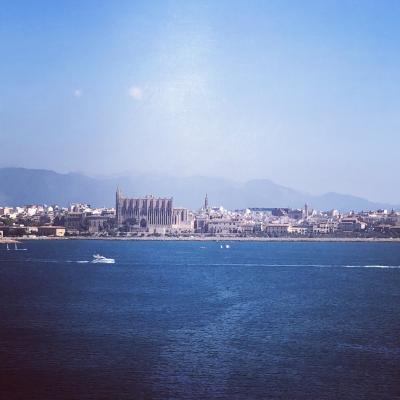How did the Renaissance and Baroque periods further change Mallorca’s architectural landscape after the initial Christian influence?
Similar Topics
mallorca architecture
renaissance influence
baroque period
gothic churches
palma palaces
architectural heritage
ornate facades
european trends
After the initial Christian influence established a foundation of Gothic and Romanesque architecture in Mallorca, the Renaissance period brought a notable shift toward symmetry, proportion, and harmony inspired by classical antiquity. Mallorca’s architects began incorporating Renaissance features such as rounded arches, columns, and ornate facades into both religious and secular buildings. This period saw the refurbishment and enhancement of many Gothic churches and monasteries, introducing elegant details that reflected the renewed humanist ideals spreading across Europe. Palaces and public structures in Palma, the island’s capital, were redesigned with more balanced spatial arrangements and intricate stonework, blending Mallorcan traditions with Renaissance artistry.
The Baroque period further transformed Mallorca’s architectural landscape by adding dramatic flair, movement, and lavish decoration to structures across the island. Baroque churches became focal points of urban life, characterized by curved forms, dynamic facades, and richly adorned interiors featuring stucco, frescoes, and gilded altarpieces. This era marked increased investment in public buildings and civic spaces, elevating Mallorca’s aesthetic to align with broader European trends emphasizing grandeur and emotional impact. The combination of Renaissance clarity and Baroque exuberance created a unique architectural tapestry on the island, where tranquil courtyards and ornate chapels coexist harmoniously.
Together, these periods expanded Mallorca’s architectural heritage beyond its medieval roots, reflecting evolving cultural and religious sensibilities. The Renaissance introduced a measured refinement, while the Baroque infused energy and decorative richness, both contributing to the island's visual identity still admired by visitors today. The interplay of these styles not only chronicles Mallorca’s historical and artistic development but also enriches its streetscapes, making the island a remarkable destination for those interested in architectural history.
The Baroque period further transformed Mallorca’s architectural landscape by adding dramatic flair, movement, and lavish decoration to structures across the island. Baroque churches became focal points of urban life, characterized by curved forms, dynamic facades, and richly adorned interiors featuring stucco, frescoes, and gilded altarpieces. This era marked increased investment in public buildings and civic spaces, elevating Mallorca’s aesthetic to align with broader European trends emphasizing grandeur and emotional impact. The combination of Renaissance clarity and Baroque exuberance created a unique architectural tapestry on the island, where tranquil courtyards and ornate chapels coexist harmoniously.
Together, these periods expanded Mallorca’s architectural heritage beyond its medieval roots, reflecting evolving cultural and religious sensibilities. The Renaissance introduced a measured refinement, while the Baroque infused energy and decorative richness, both contributing to the island's visual identity still admired by visitors today. The interplay of these styles not only chronicles Mallorca’s historical and artistic development but also enriches its streetscapes, making the island a remarkable destination for those interested in architectural history.
🧩 Related Questions
Related Question
Are there any family-friendly activities or events during Valldemossa’s holiday markets?
Related Question
How did gender roles in Mallorca's rural areas influence women's ability to manage both farm work and household tasks?
Related Question
How does the ONCE lottery system work and how does it benefit the visually impaired community in Mallorca?
